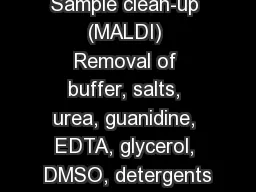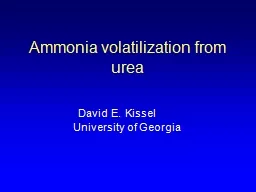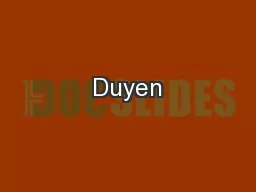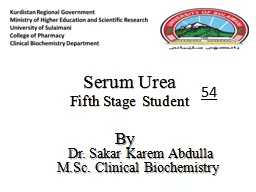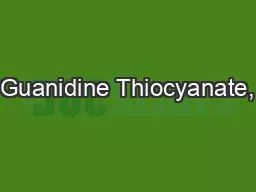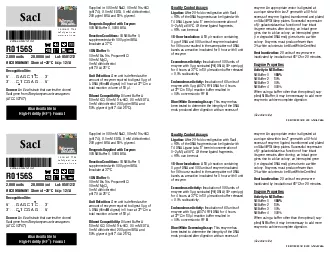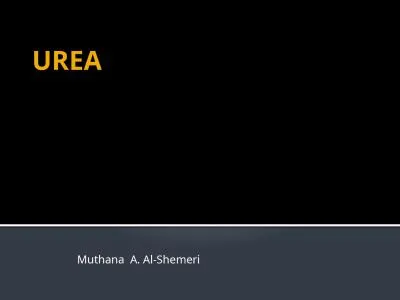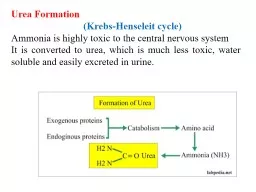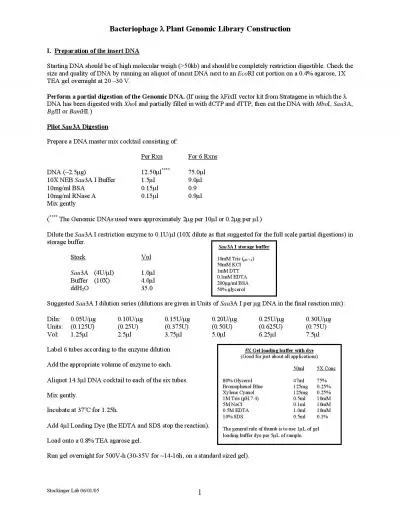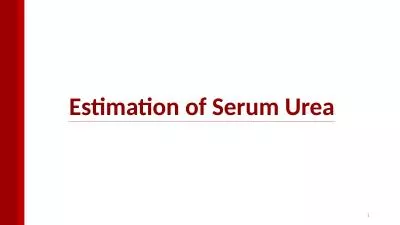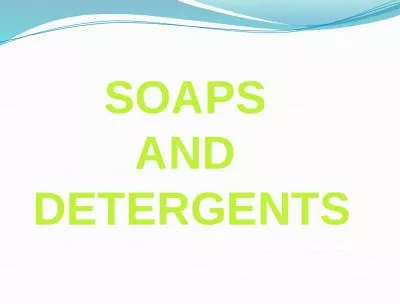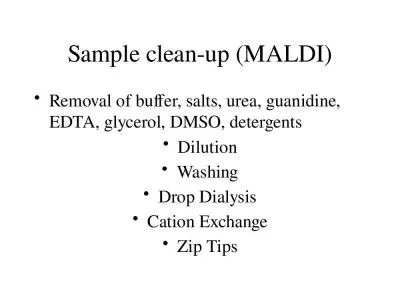PPT-Sample clean-up (MALDI) Removal of buffer, salts, urea, guanidine, EDTA, glycerol, DMSO,
Author : danika-pritchard | Published Date : 2019-03-14
Dilution Washing Drop Dialysis Cation Exchange Zip Tips Typical contaminants in proteinpeptide samples No interference TFA formic acid acetic acid mercaptoethanol
Presentation Embed Code
Download Presentation
Download Presentation The PPT/PDF document "Sample clean-up (MALDI) Removal of buffe..." is the property of its rightful owner. Permission is granted to download and print the materials on this website for personal, non-commercial use only, and to display it on your personal computer provided you do not modify the materials and that you retain all copyright notices contained in the materials. By downloading content from our website, you accept the terms of this agreement.
Sample clean-up (MALDI) Removal of buffer, salts, urea, guanidine, EDTA, glycerol, DMSO,: Transcript
Download Rules Of Document
"Sample clean-up (MALDI) Removal of buffer, salts, urea, guanidine, EDTA, glycerol, DMSO,"The content belongs to its owner. You may download and print it for personal use, without modification, and keep all copyright notices. By downloading, you agree to these terms.
Related Documents

